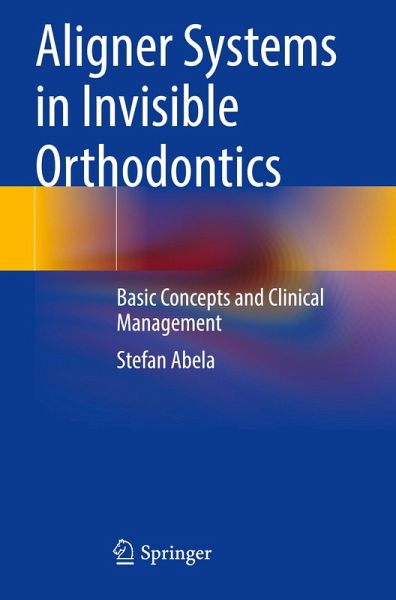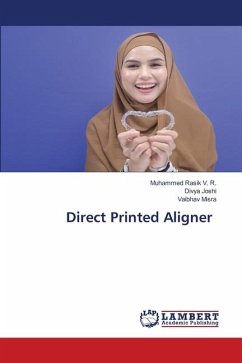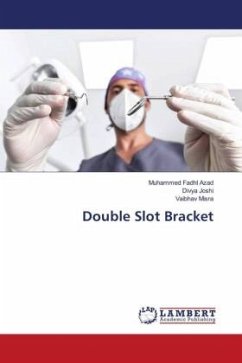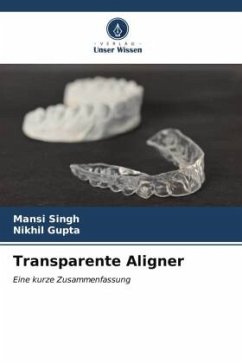
Aligner Systems in Invisible Orthodontics
Basic Concepts and Clinical Management
Versandkostenfrei!
Versandfertig in 1-2 Wochen
75,99 €
inkl. MwSt.
Weitere Ausgaben:

PAYBACK Punkte
38 °P sammeln!
This richly illustrated book describes the processes, techniques and biomechanics involved in providing aligner treatment for different types of malocclusions. It opens with an overview of the material characteristics and the basic concepts of aligner therapy including topics like biocompatibility and intraoral deterioration. The main part of the book is dedicated to the various types of aligners, the methods used in their application and the practical aspects of delivery. It is structured based on the type of malocclusion being managed giving the reader a systematic pattern and a practical wa...
This richly illustrated book describes the processes, techniques and biomechanics involved in providing aligner treatment for different types of malocclusions. It opens with an overview of the material characteristics and the basic concepts of aligner therapy including topics like biocompatibility and intraoral deterioration. The main part of the book is dedicated to the various types of aligners, the methods used in their application and the practical aspects of delivery. It is structured based on the type of malocclusion being managed giving the reader a systematic pattern and a practical way of progressing through the book. The book closes with a discussion of the scientific data available.
This comprehensive step-by-step guide on aligner systems is a must have for both dental undergraduate and postgraduate dental students as well as for fully practising clinicians who want to deepen their knowledge in this innovative technique.
This comprehensive step-by-step guide on aligner systems is a must have for both dental undergraduate and postgraduate dental students as well as for fully practising clinicians who want to deepen their knowledge in this innovative technique.












